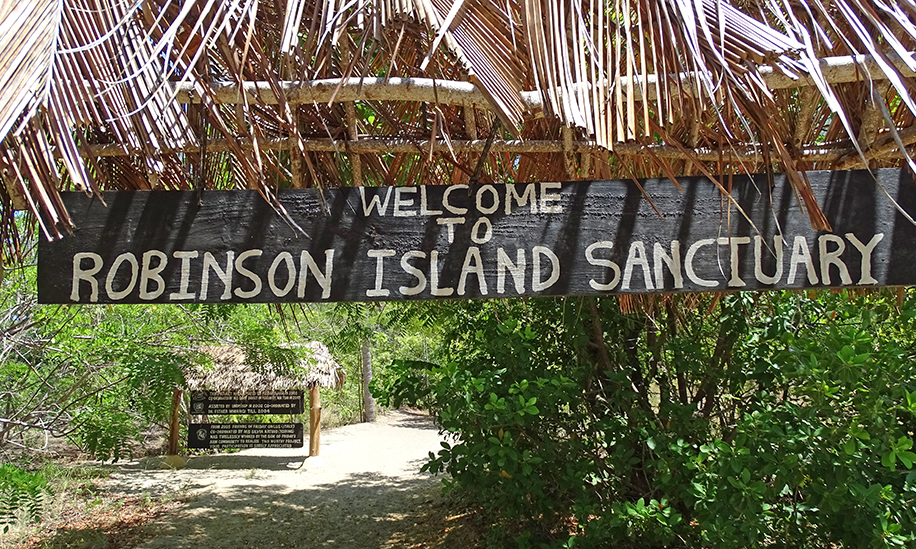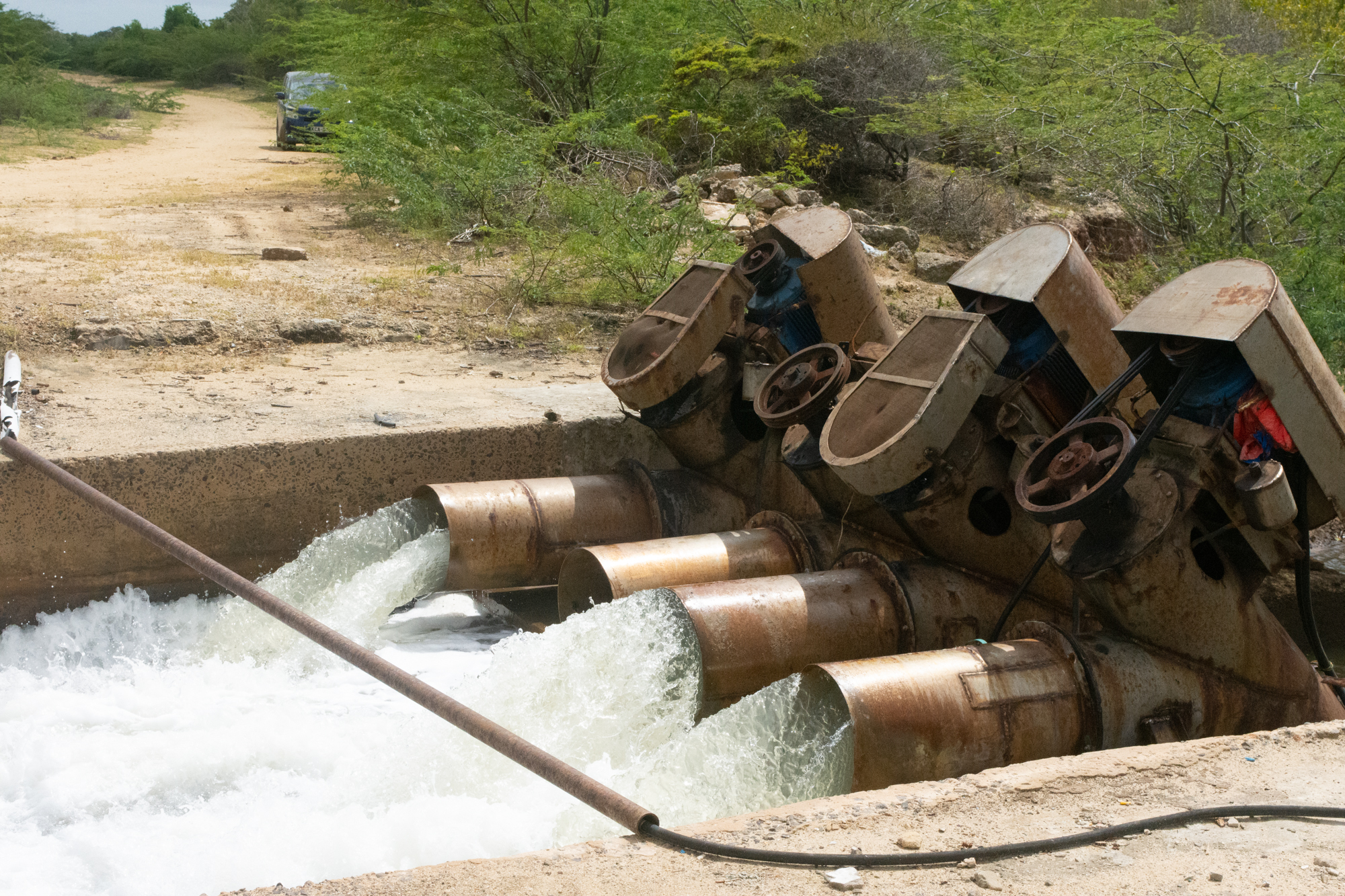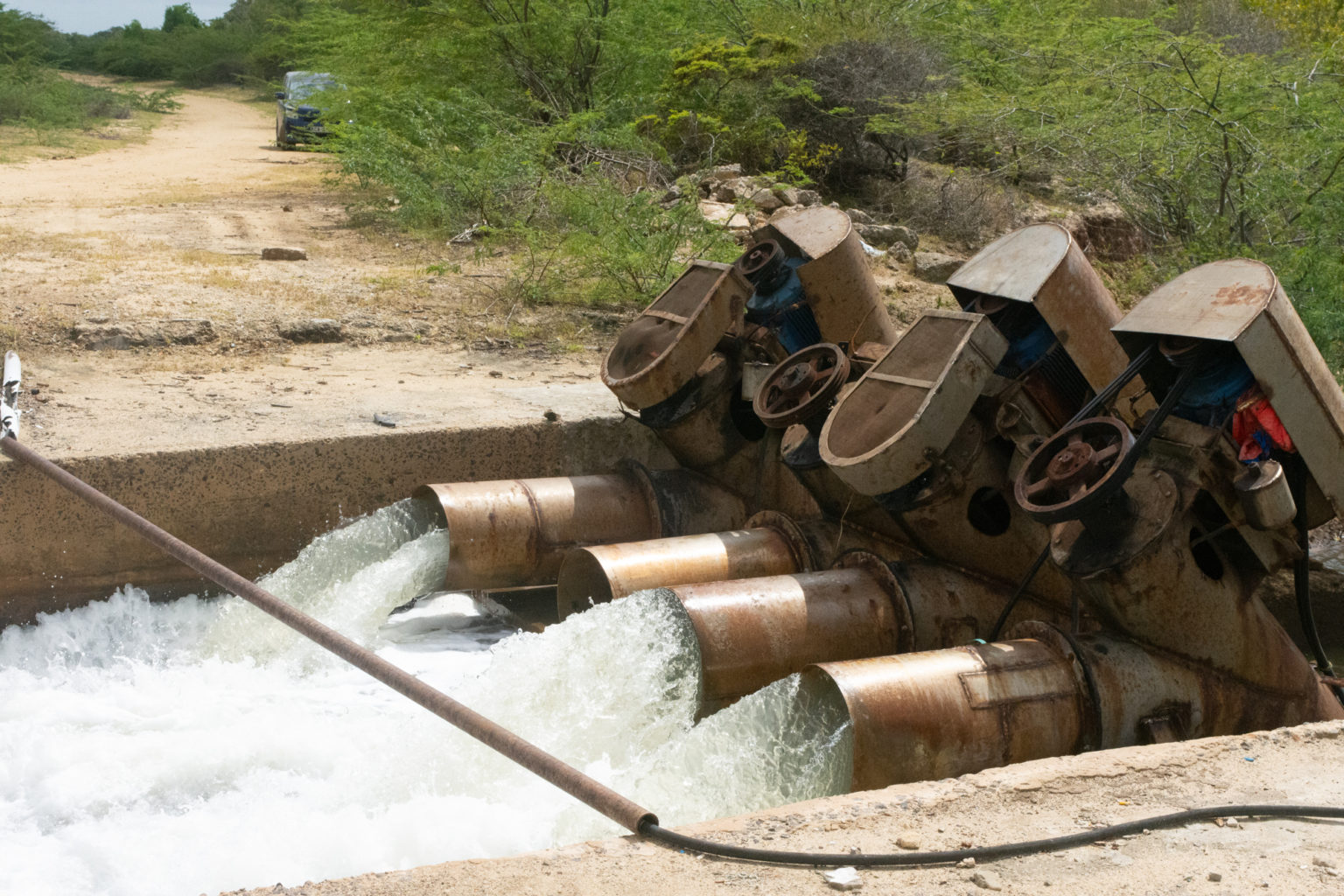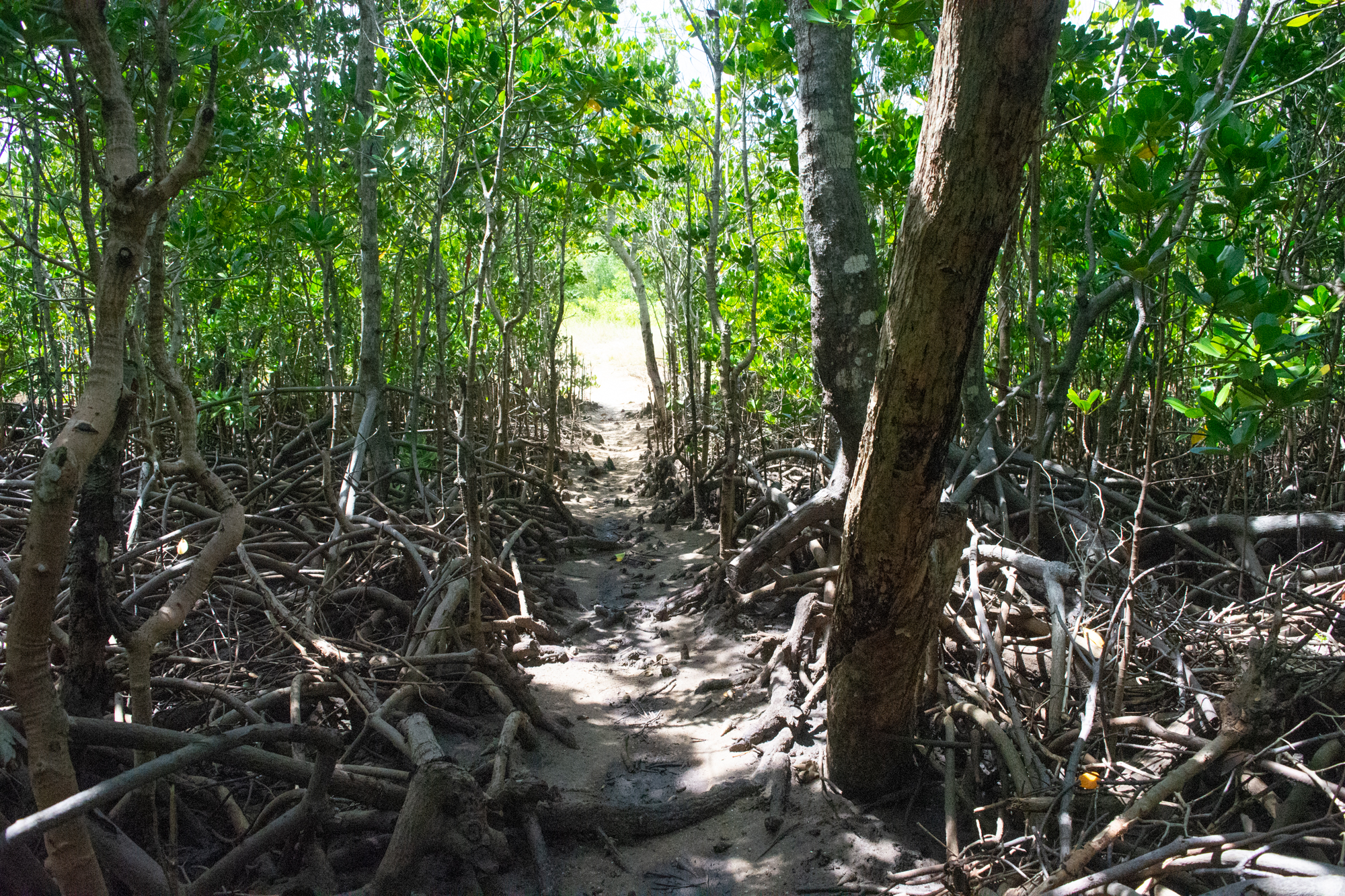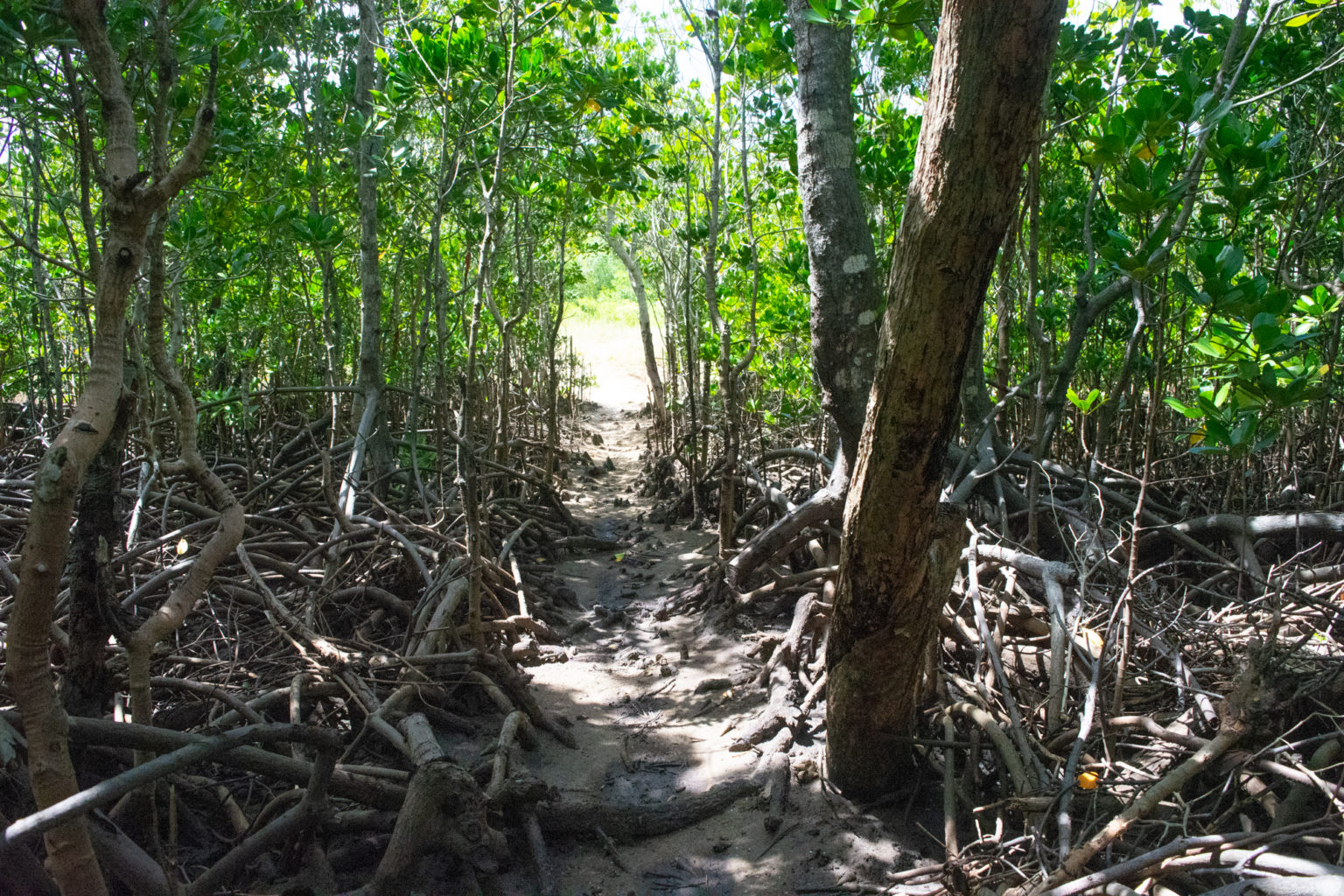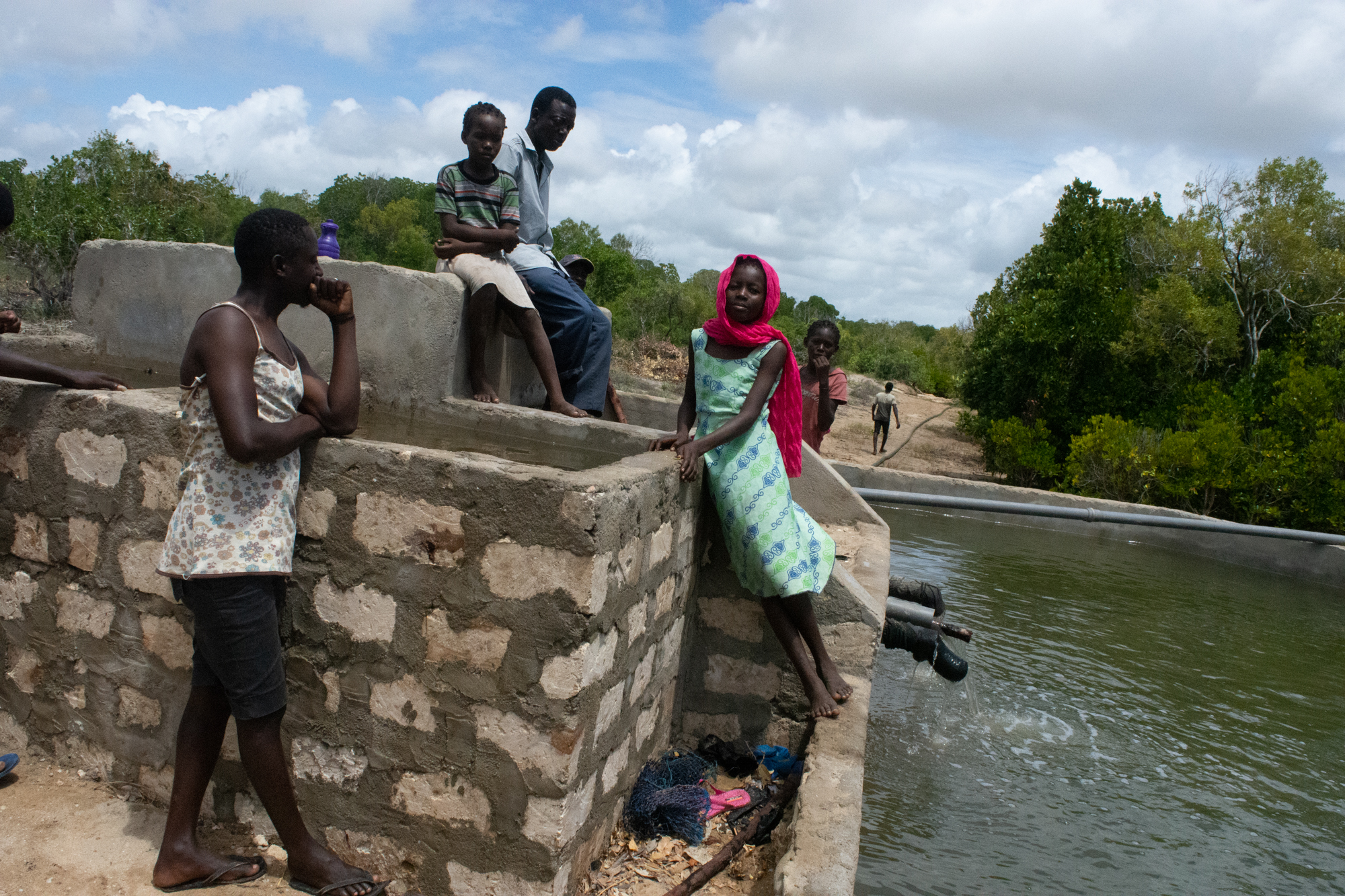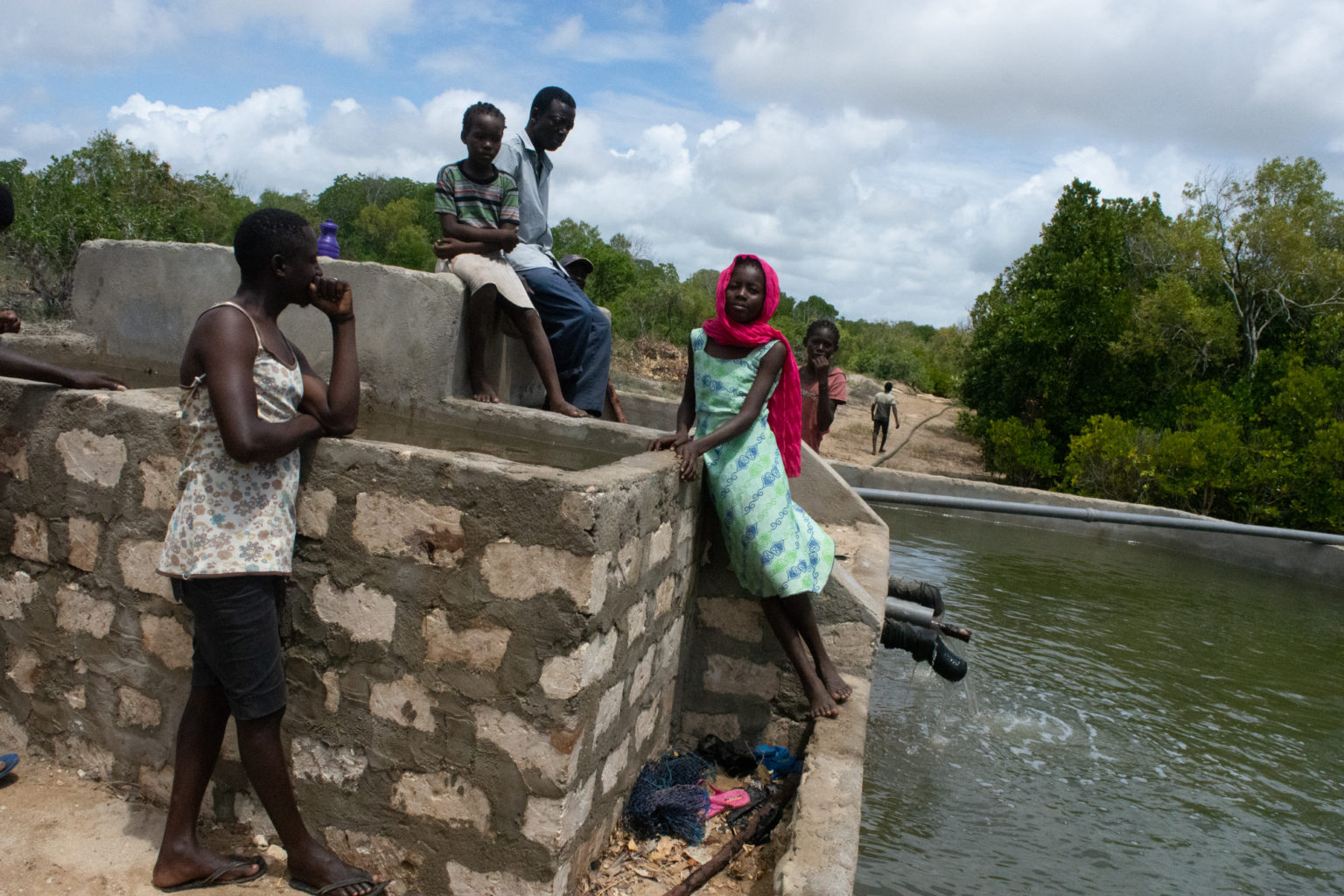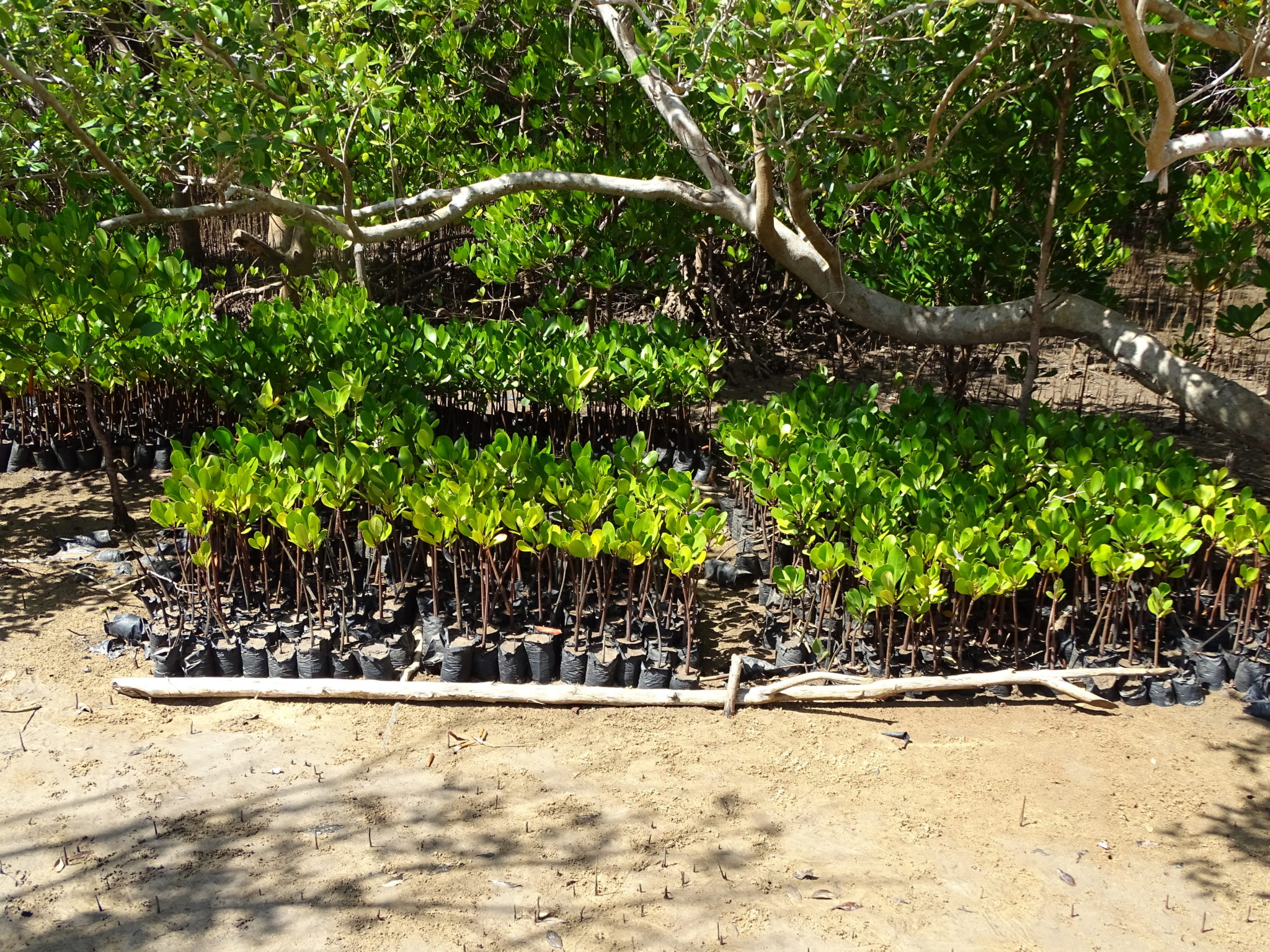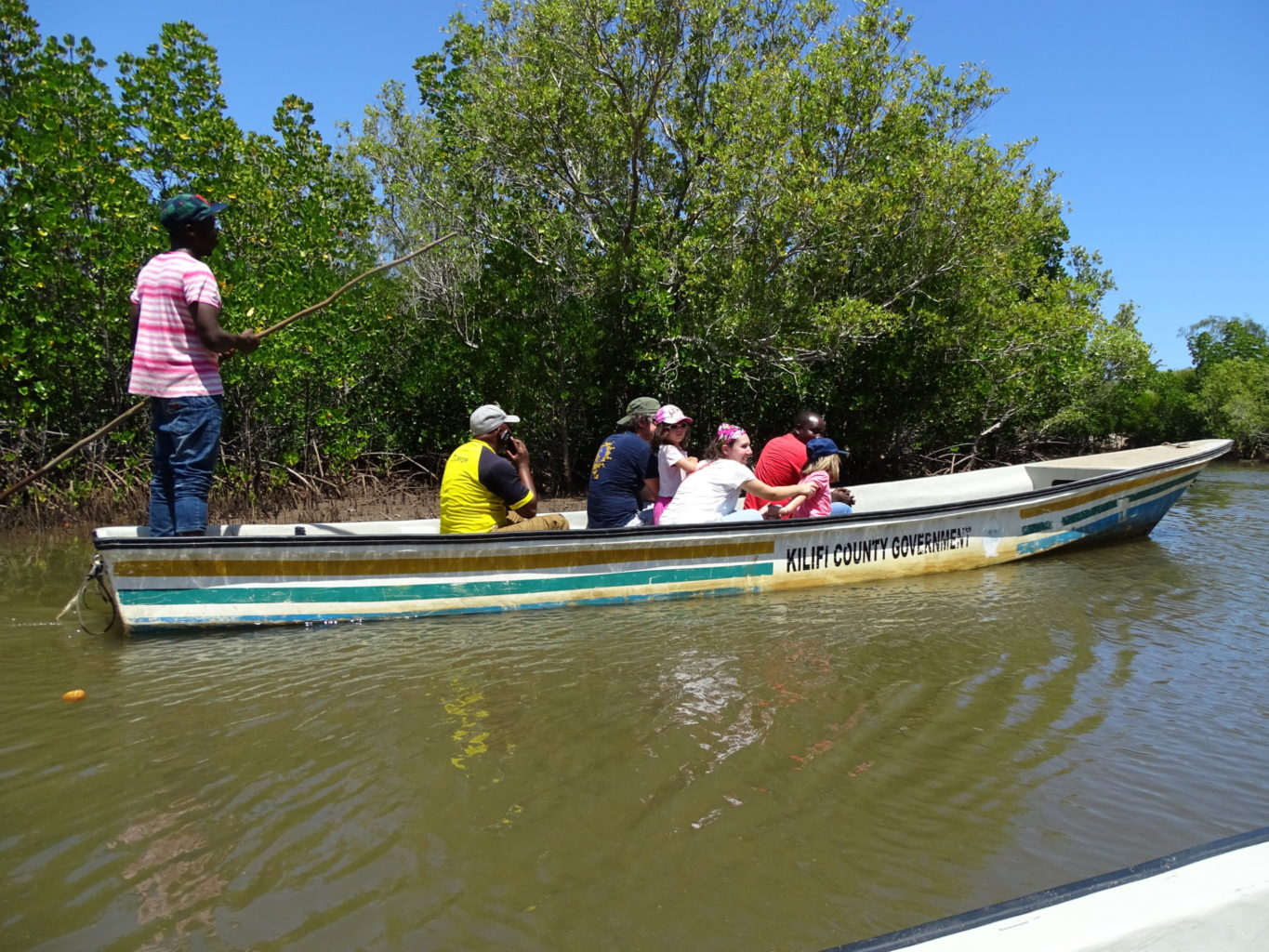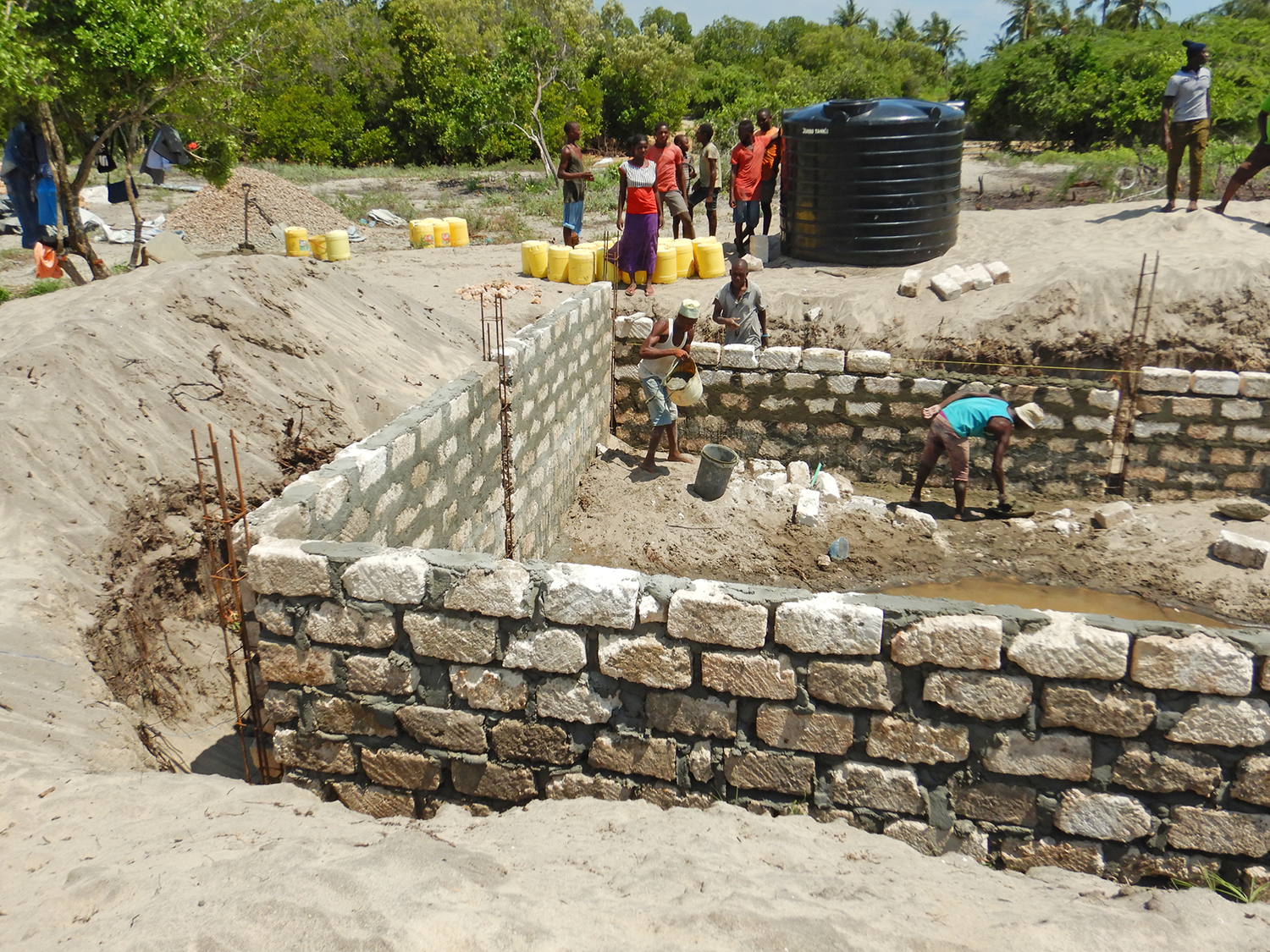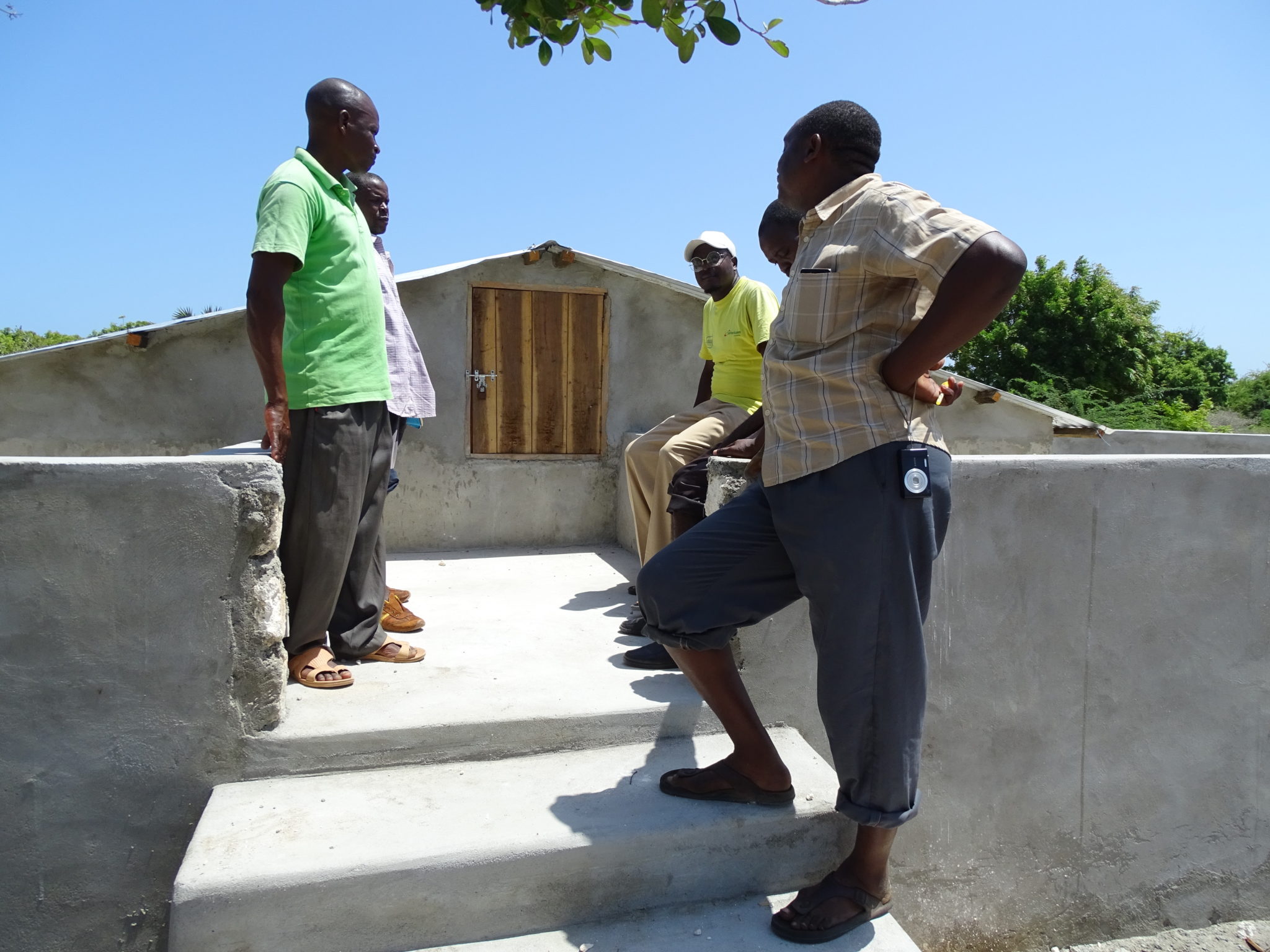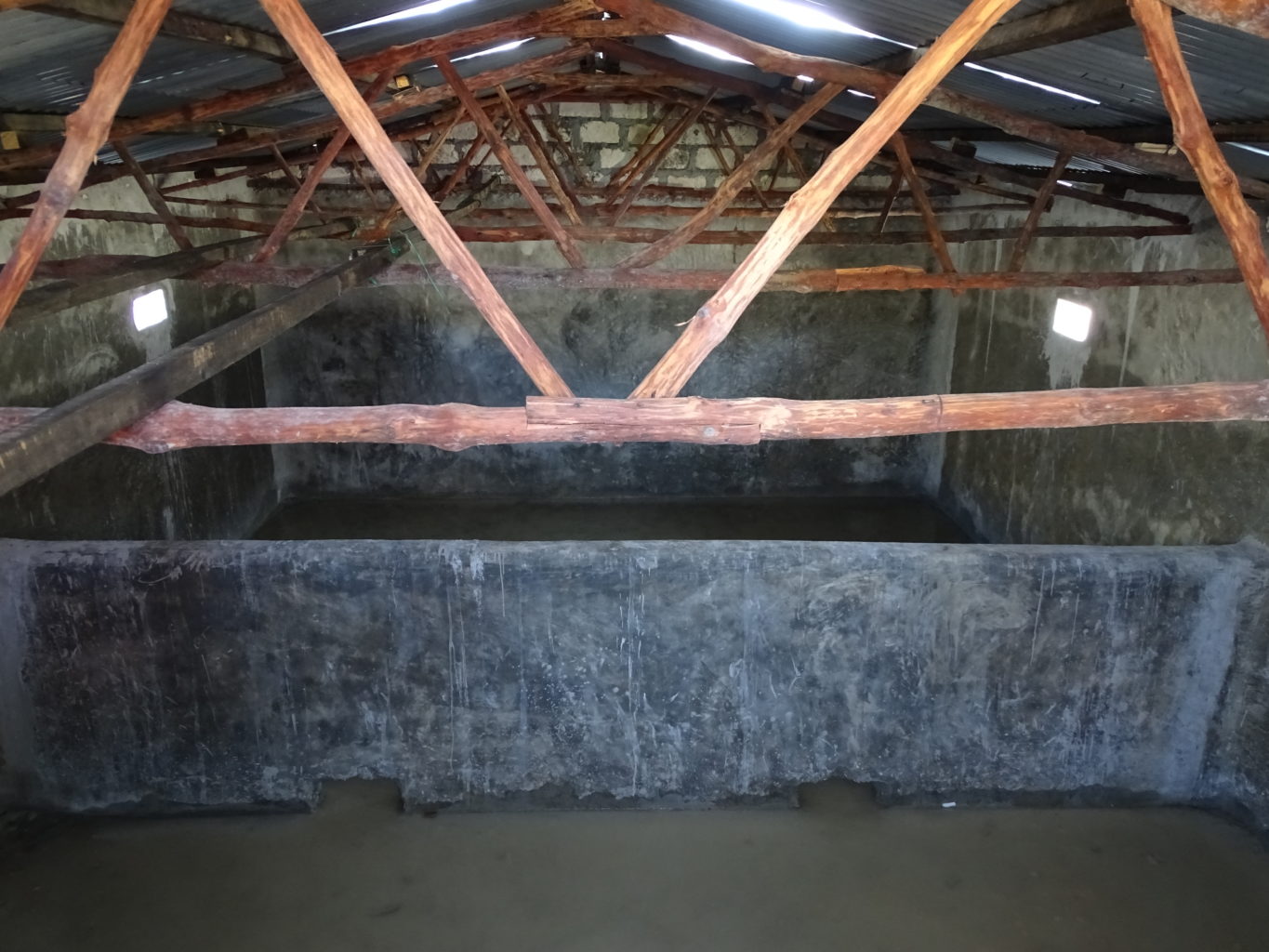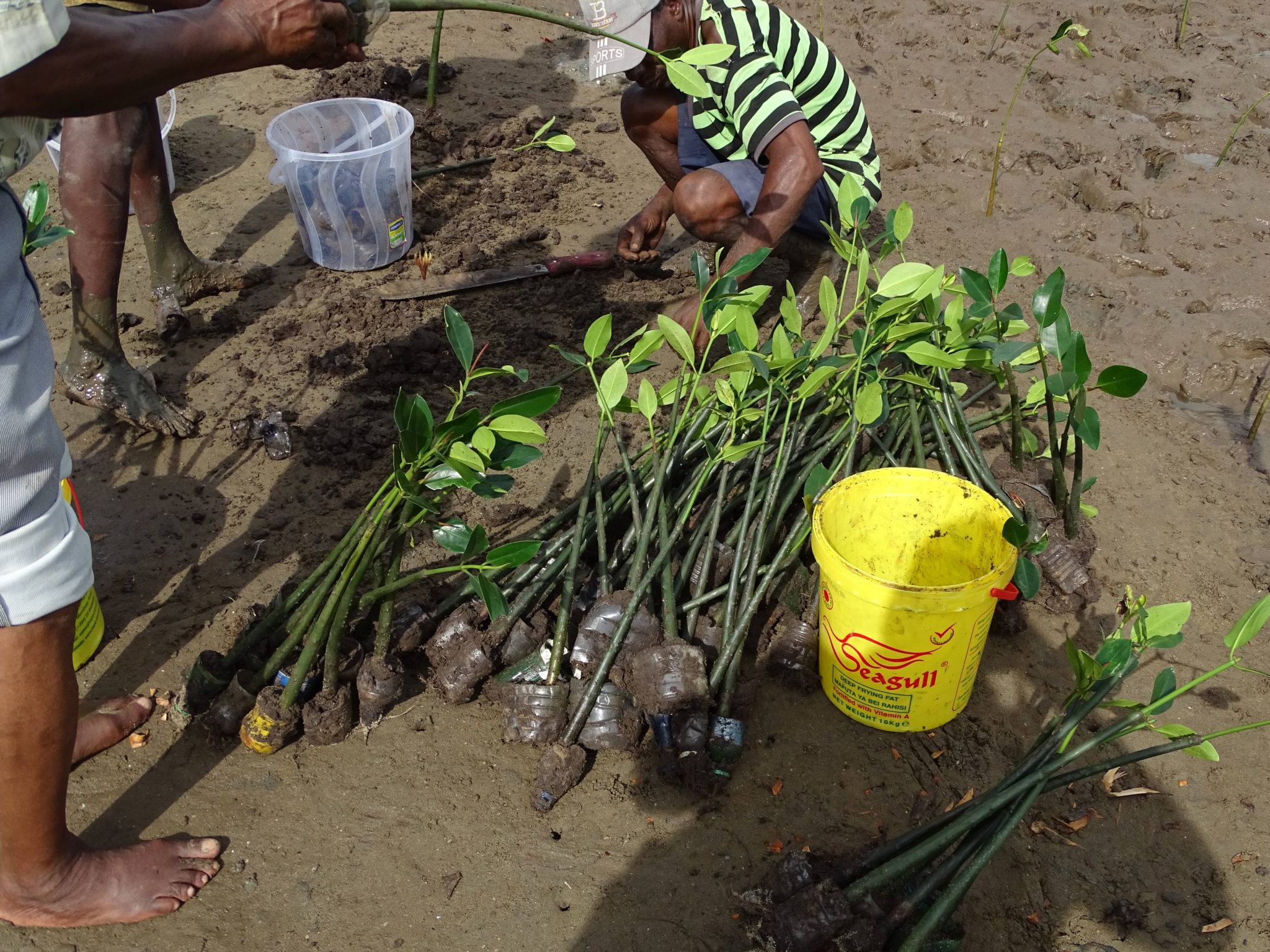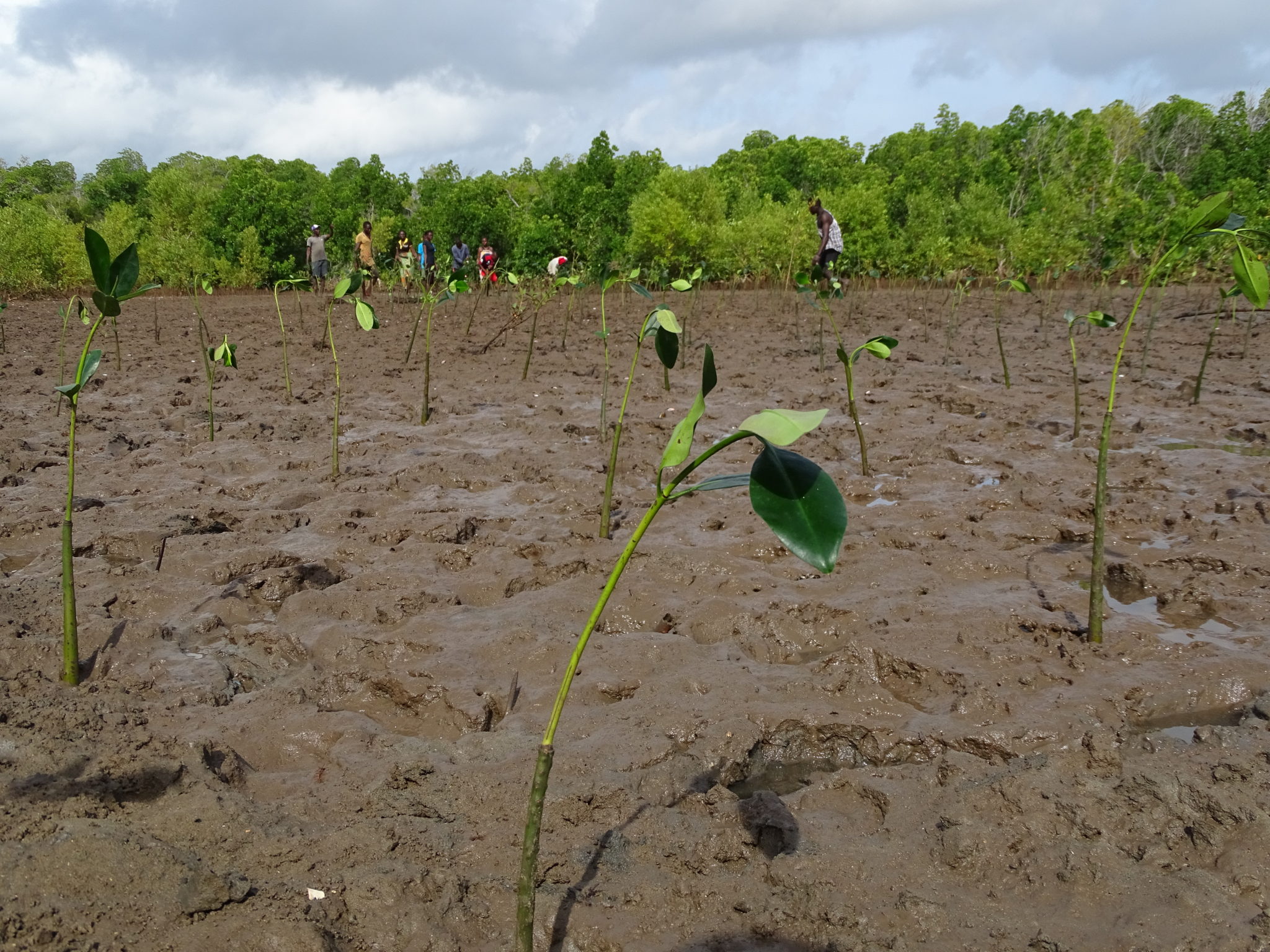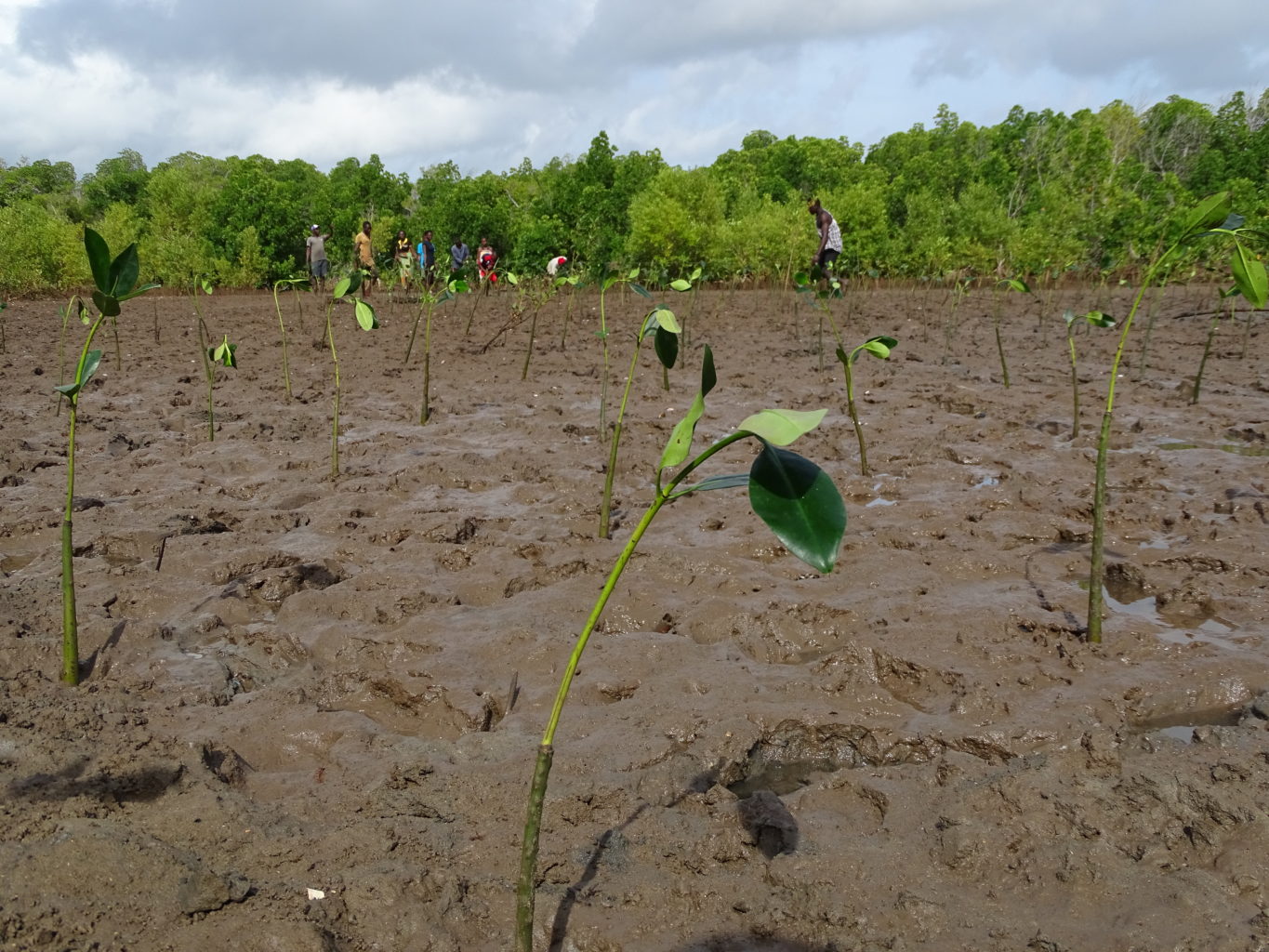Robinson Island, off the central Kenyan coast, was long connected to the mainland by vast mangrove forests. Many of those trees were cleared to make room for salt ponds. As a result, erosion increased, and an ever-widening creek now separates the island from the mainland. Green and hawksbill turtles use a long stretch of pristine beach on the east side of the island as a nesting ground. Olive ridley and occasional loggerhead turtles also feed there.
The salt ponds caused other damage as well. They discharged highly saline water into the surrounding mangrove creeks, damaging the fisheries. The brackish water also contaminated underground water reservoirs, making wells in the villages of Giriama and Kinyaole unusable.
Close to 1,000 people live on the island or depend on it for their livelihoods and know the importance of mangroves. Some replanting has taken place, but more is needed. This project will scale up current conservation and replanting efforts, as well as support environmental education. Because fresh water is a critical need on the island, the project will fund a 66,000-thousand-gallon cistern. It will also provide funds to the Marereni Beach Management Unit (BMU) to improve its capacity to enforce conservation rules.
The project will be managed by the Marereni BMU and the Marine Resource and Management Center (MRMC), a local NGO. MRMC has experience in mangrove conservation and restoration, and will take the lead identifying and mapping degraded areas, as well as restoration and monitoring.





